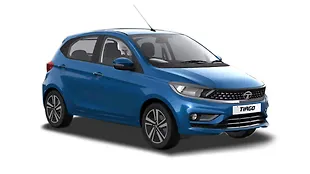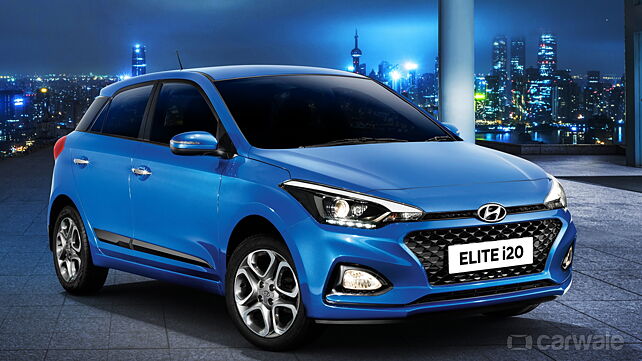
Hyundai launched the new and updated Elite i20 at the 2018 Auto Expo with a promise of a CVT transmission in May. Today the carmaker has fulfilled its promise and launched the Elite i20 in two trims – Magna Executive and Asta variants. Prices start at Rs 7.04 lakhs (ex-showroom Delhi). So if you are in the market looking for an automatic B+ segment hatch, then read on to find out why should you consider the Hyundai Elite i20 CVT.
What’s good about it?
At Rs 7.04, the Elite i20 is the most affordable automatic hatchback undercutting the Maruti Suzuki Baleno Delta 1.2 AT priced at Rs 7.2 lakhs and the Honda Jazz S AT Rs 7.78 lakhs (all prices ex-showroom Delhi).
The Elite i20 is a feature loaded hatchback. It comes with projector headlamps with LED DRLs, cornering headlamps, stylish 16-inch alloy wheels, and front air curtains. You can have it even in the dual-tone paint scheme. The seven-inch infotainment system with smartphone connectivity, rear AC vents, USB charger, six airbags and ABS, ISOFIX and reverse parking camera is also part of the package.
What’s not so good about it?
Compared to its manual counterpart, the CVT variant is almost Rs 1.04 lakh more expensive. Although it offers hassle-free, three paddle set-up, both the standard and the new CVT variant offer the same feature list.
Even after the mid-life update, Hyundai has carried forward the older cars cabin layout. The dull looking cabin only got some new buttons on the steering wheel and that’s about it. And in terms of driving, the Elite i20’s steering feel is still inconsistent off centre and there is more body roll than what you would expect.
Specification:
Engine – 1.2-litre Kappa Dual VTVT
Power output – 82bhp/115Nm
Best Variant to buy:
The Asta CVT. Sure, it will be slightly expensive, but the Asta variant is a fully loaded trim you can buy without the hassle of a manual transmission.
Prices:
Rs 7.04 lakhs (ex-showroom Delhi).
Did you know?
Hyundai sold 1,34,103 units of the Elite i20 in 2017. It was the eighth highest selling car in the calendar year averaging around 12,000 units each month.

![Hyundai Elite i20 [2018-2019] Image Hyundai Elite i20 [2018-2019] Image](https://imgd.aeplcdn.com/272x153/cw/ec/32953/Hyundai-Elite-i20-Exterior-118748.jpg?wm=0&q=80)

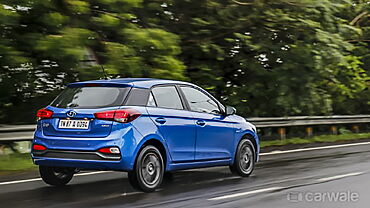










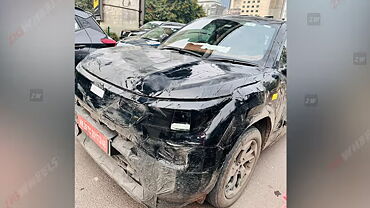
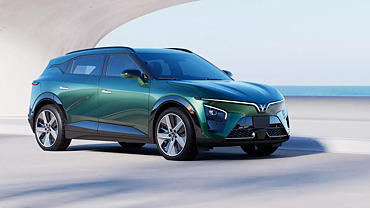
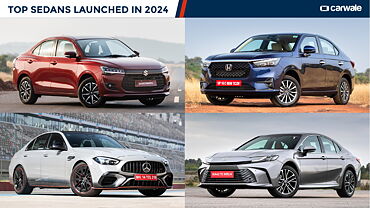
![Hyundai Elite i20 [2018-2019] Exterior Hyundai Elite i20 [2018-2019] Exterior](https://imgd.aeplcdn.com/199x112/cw/ec/32953/Hyundai-Elite-i20-Exterior-118748.jpg?wm=0&q=80)
![Hyundai Elite i20 [2018-2019] Rear View Hyundai Elite i20 [2018-2019] Rear View](https://imgd.aeplcdn.com/199x112/cw/ec/28531/Hyundai-Elite-i20-Rear-view-139014.jpg?wm=1&q=80)
![Hyundai Elite i20 [2018-2019] Antenna Hyundai Elite i20 [2018-2019] Antenna](https://imgd.aeplcdn.com/199x112/cw/ec/28531/Hyundai-Elite-i20-Antenna-139011.jpg?wm=1&q=80)
![Hyundai Elite i20 [2018-2019] Dashboard Hyundai Elite i20 [2018-2019] Dashboard](https://imgd.aeplcdn.com/199x112/cw/ec/28531/Hyundai-Elite-i20-Dashboard-139042.jpg?wm=1&q=80)
![Hyundai Elite i20 [2018-2019] Music System Hyundai Elite i20 [2018-2019] Music System](https://imgd.aeplcdn.com/468x263/cw/ec/28531/Hyundai-Elite-i20-Music-System-139060.jpg?wm=1&q=80)



